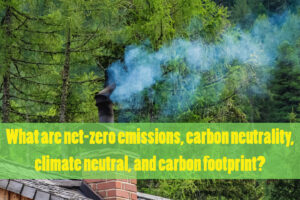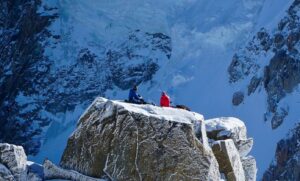
Date: Wednesday, 6 November 2024; 22nd Anniversary.
Founder: United Nations General Assembly
Objectives:
International Day for Preventing the Exploitation of the Environment in War and Armed Conflict is annually observed for the following purposes:
- to raise and promote awareness of the damaging effects of war and armed conflict on the environment and ecosystems,
- to emphasize the necessity of safeguarding our common environment for the sake of future generations and working for the protection of natural resources.
Inception:
The Day was officially observed for the first time on 6 November 2002.
History:
On 5 November 2001, the UN General Assembly declared 6 November of each year, by a resolution (A/RES/56/4), as the International Day for Preventing the Exploitation of the Environment in War and Armed Conflict. The day is also referred online to as World Day to Protect the Environment in War. In May 2016, the United Nations Environment Assembly reaffirmed the role of healthy ecosystems and sustainably managed resources in reducing the risk of armed conflict.
Why do we mark this international day?
War and armed conflict not only result in loss of life and destruction of property but also have many damaging effects on the natural environment and ecosystems. Common negative effects on the environment may include torched crops, poisoned soil, water pollution, destruction of forests, and loss of biodiversity. These damaging effects can often extend beyond the limits of national territories and today’s generation.
According to the UN Environmental Program, armed conflicts have occurred in more than two-thirds of the world’s biodiversity hotspots, and more than 40 percent of all internal conflicts have been linked to the exploitation of natural resources in the last 60 years. Currently, nearly 1.5 billion people (over 20 percent of the world’s population) live in conflict-affected areas and fragile states.
How to Observe the Day?
Since 2002, the World Day to Protect the Environment in War has been observed every year by numerous people around the world, including government officials, scientists, journalists, educators, students, and businessmen. Different seminars, lectures, conferences, radio talks, group discussions, and social media campaigns are held to understand the negative effects of war on the environment. People are also made aware that efforts must be made to limit environmental destruction caused by war and armed conflict.
Official website:
www.un.org/en/observances/environment-in-war-protection-day





Leave a Reply